@zombiepie has accused me of downplaying the gravity of Microsoft, and by association Phil Spencer’s recent actions so I want to start off by acknowledging that the recent job destruction at Microsoft is a choice, made by someone at Microsoft, totally unnecessary in a company as rich and profitable as it is, and inexcusable in both their existence and execution.
But while Microsoft’s implementation of its “new direction” (if it even has a direction) has been particularly awful, I think it’s important to note that it’s part of a broader pattern. Sony has cut basically all of its smaller scale development to triple down on huge single player tentpoles and live service games as seemingly its only first party offerings going forward. Sony was once known specifically for its quirky weird experiments like Parappa The Rapper and Tokyo Jungle. Now it’s got Spider-Man, God of War, whatever Naughty Dog is working on, Gran Turismo, Destiny, and not a lot more. We’ll probably see another Ratchet & Clank some day and a few other things but the days of Puppeteer are long over.
Square Enix recently announced that it was taking over $100 million in losses to cut back on smaller games and focus on its tentpoles. Activision, long ago and well pre-merger, cut back on making almost anything that wasn’t Call of Duty or a mega Blizzard franchise, very occasionally putting out a Crash Bandicoot game or a Tony Hawk remake, often to great critical and even commercial success, before shrugging and going back to making more COD.
Take Two just gutted Private Division, its mid-sized division. Ubisoft occasionally puts out something smaller, but Ubisoft is a baffling company at this point and it just released the world’s AAAA game so who knows what its direction is.
Capcom seemingly makes Resident Evil, Monster Hunter, Street Fighter, and remasters of its old properties. Exoprimal is live service, and Dragon’s Dogma II seems like it’s AAA, though admittedly it is not a core franchise. But prior to that the last games that don’t fall into one of those categories were the weird Ghost and Goblins Resurrection game and Devil May Cry 5. That’s fewer than one game per year.
EA, of all companies, is one of the few publishers still regularly trying new things, with its EA Originals label putting out the Hazelight games and some experimental stuff like Lost in Random and Tales of Kenzera: Zau. But it too has announced that it intends to shift focus towards its core IP. Maybe we’ll see another Hazelight game in the future, and I’m sure it will take some shots at tiny games like Unravel or Fe just to generate good will, but it seems unlikely we’ll see another year with a slate of mid-size titles like Wild Hearts, Immortals of Aveum, and Deadspace ever again, after all three seemingly underperformed despite none of them being outright bad and Deadspace being very good by most standards.
Nintendo will continue being Nintendo and part of that does include making mid-sized games to fill in its schedule between tentpole releases. The Bayonetta series has gotten 2 releases on Wii U, there’s been a new Pikmin game, new 2D Metroid, new Warioware, and a host of remakes and strange one off experiments. It doesn’t seem like Nintendo is stepping away from mid-sized games because its business model requires a constant stream of games and it doesn’t have enough mega properties to fill in the schedule.
So who does that leave outside the big N, and perhaps Bandai Namco, which puts out a bunch of mid-sized licensed stuff? There are still a few mid-sized publishers who have survived the various consolidations in the industry. Koei-Tecmo comes to mind. Sega could be seen as mid-sized, though it’s almost as big as Square by market cap, and it has been focused on megaprojects and core IP over the last few years. There are also some boutique publishers who are putting out some bigger games that are larger than what traditional indies are. Annapurna, Kepler, and Focus Entertainment all come to mind. Embracer and its various appendages seemed to specialize in this kind of game, but who knows what’s going on with Embracer these days. My point is that there is some hope for the mid-sized game out there, but mostly from these smaller companies. The biggest companies are only interested in the biggest games.
Why does this matter? There are a few reasons. For one thing, mid-sized games benefit from being made in large organizations. Not only is there (or rather should there be) financial stability provided by being part of a big company that’s not a couple flops away from going out of business, but the shared resources and marketing muscle mean that these companies have traditionally been better positioned to get the mid-sized games to break through into the cultural consciousness. When Sony put out a quirky project people paid attention because it was Sony. Ubisoft got people to notice Starlink: Battle for Atlas and Immortals: Fenyx Rising despite their terrible titles because, again, they are Ubisoft. Tim Schafer talked about how when Double Fine joined Microsoft he was able to both offload a lot of overhead work like administering benefits to the parent company and was also able to use internal Microsoft resources to help develop Double Fine’s games, while bouncing ideas off other people within Microsoft Studios. That might have just been PR, but ideally that’s how it should work. Big companies have unique advantages beyond just being big.
And what they also have is a whole lot of IP. Microsoft alone is hoarding a huge chunk of gaming’s most venerable franchises, from all the Activision stuff from the 2600 days to Fallout, Elder Scrolls, the ID software stuff, Crash Bandicoot, Spyro, the list goes on and on. And that’s just Microsoft. Each of these companies have a treasure trove of IP buried in their vaults. This matters for a couple reasons.
The first is that this IP can boost sales for these mid-sized projects. There are a bunch of indie extreme sports games out there right now but all of them combined probably have less attention and sales than the Tony Hawk remaster brought in. Part of that is because Activision put some budget into it, part of it is the quality of that product, but part of it is that people care about the IP so they pay attention to it and are willing to give it a chance and talk about it. Tony Hawk will always get more attention than some no name game, even if they were the same in every other way. The same can be said about Crash Bandicoot 4 and even something like Sackboy’s Big Adventure. It’s easier to launch a game that’s not going to be a blockbuster supported by 9 figures in advertising if you’re doing so with an IP people know and care about.
The second is that there needs to be a way for people to access old games without piracy. People say “emulation” a lot, but what they mean is piracy. I’m not passing a moral judgment here, but piracy is going to be something a lot of people aren’t comfortable with and that isn’t even possible in certain situations. We saw what happened with the Switch emulators and while that was for current gen stuff, Nintendo has taken down “emulation” repositories in the past. Additionally, piracy just isn’t a possibility for cultural institutions like universities or museums, which can carve out exceptions for their own academic pursuits but can’t provide ways for other people to access the material they’re talking about. For a medium to thrive people need to be able to access its past, especially its recent past, and for many games that’s very difficult to do legitimately these days. The more these companies are oriented towards only putting out mega hits the less interest they have in making their catalog available.
In addition to the promotion issue and the IP issue, there’s the issue of institutional knowledge. It’s not just about people losing their jobs and leaving the industry, or leaving the industry because they don’t want to be support staff on Call of Duty for the rest of their careers. It’s also about teams being broken up and companies losing the ability to manage projects at a reasonable scale. I think we’re seeing the fruits of this in the way that Microsoft can’t find people who can actually lead teams and get games out in good shape. And Ubisoft seems to have similar issues. When you don’t let people cut their teeth on mid sized projects and you don’t have teams that cohere and learn to work together the product suffers, regardless of the size. And while some of these teams are reconstituting in smaller studios, often enough is lost that it just isn’t the same. Parts of the Burnout team have gotten back together but the games they put out aren’t Burnout. Playtonic isn’t Rare. Even if Microsoft wanted to make a new Tony Hawk game, Vicarious Visions isn’t Vicarious Visions anymore, and that team, build over 30 years, was sacrificed to the alter of crappy Call of Duty games even though Tony Hawk 1+2 outperformed expectations.
Your team makes a game, even a great game, even a game that makes money for the company and gathers acclaim and positive press, and these companies do not care. They’ll absorb the team or disband the studio or whatever. Nothing makes people invest more in their jobs than seeing colleagues get a pink slip after crunching to put out a great piece of software that’s received well and makes the company money.
So why are these companies like this? Every company is a little bit different, and Microsoft’s current manifestation of sociopathy is clearly partially a result of overexpansion, but I think that there are two other primary causes. The first is that these companies don’t know how to do things economically. Yes they can budget a mid-sized game at mid-size but they no longer have the capacity to promote games that aren’t massive blockbusters. They may have had some mid-sized studios but they didn’t have mid-sized promotion teams so you got a lot of games that came out and tried to sell either based on the strength of their IP or review scores or, conversely, got too much money poured into promotion so they underperformed. We still get breakout mid-sized games from time to time, like Helldivers 2, but they seem to either depend on the games themselves doing something clever (Helldivers with its wholesale ripping off of the Starship Troopers movie’s tone) or being fantastic or just getting lucky. That’s not a great way to run a business. Helldivers 2 is also a live service game, which meant that Sony actually did care about it.
But the flipside is that even when the games do break through and do well, like Tony Hawk, it’s not enough to move the needle for these behemoths. Activision did call out Tony Hawk as a profit center in its financial reports, but at the end of the day having the occasional game hit every couple years is not the reliable firehose of revenue that Call of Duty is or Overwatch and WoW have been. When you have a golden goose even the very productive other animals on the farm get neglected and sacrificed to pamper it. We’ve seen this before in other ways. Valve more or less stopped making games because Steam got so big. Epic lost interested in franchises like Unreal, once its big driver and the thing its engine is named after because Fortnite blew up. Grand Theft Auto and Red Dead Redemption are now the only games Rockstar makes, and they used to make a lot of different stuff. The huge money makers come to dominate the company and everything else becomes an afterthought. Something to move off the balance sheet when things dip. Gaming has always been a hit driven business but the hits were never this big and they never lasted this long. GTA III exploded but Rockstar had to follow it up so we got Vice City, San Andreas, but also a bunch of smaller titles and other attempts at franchises. GTA V ended that because it just kept making money year after year. Now we’re going to get GTA VI, probably 12 years after the last one and with one game from a different sub-studio in between.
I don’t know if the way these companies do business is actually right economically. The fact that so many are going down this route could be group think, or it could be that it’s just how the numbers work. What I do know is that it’s frustrating for me and devastating for developers. In many ways it has broken the business of making games. A lot of other media has gone the same way. There are fewer movies from the big studios than ever before, and they take many fewer fliers on mid-budget releases. It’s mostly blockbusters and indies these days. The book publishing industry is in turmoil. Media is a complete and total mess in so many ways. But while mid-sized games are still getting made, and some are doing well, the exit of these big companies from anything but the top end of the market is a loss, primarily for the developers affected but also for the art of game making and the consumer.
None of this is to take the spotlight off how badly Microsoft has handled its cuts and its business in general. I’ve got more to say about that in another post, but it’s not just Microsoft. It’s most of the huge legacy publishers at this point.
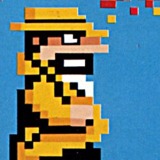
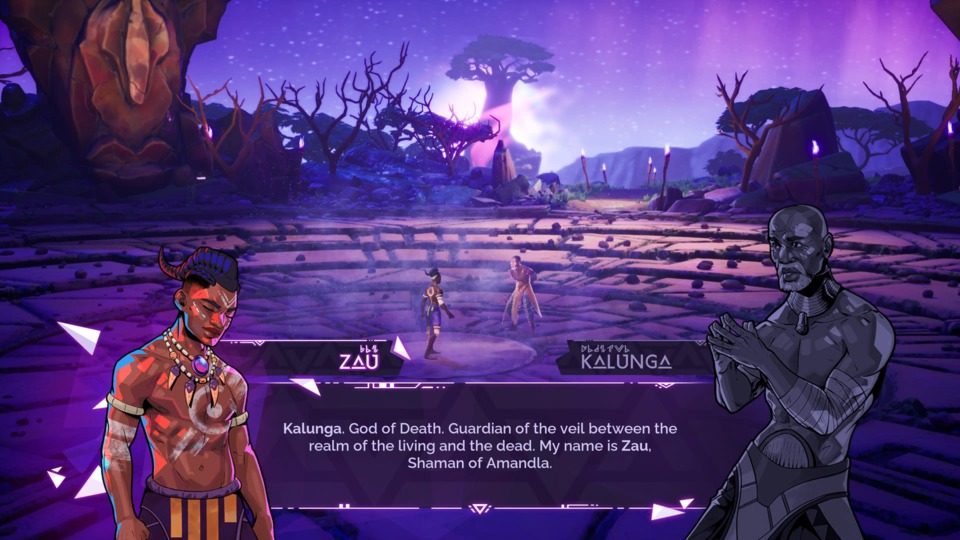
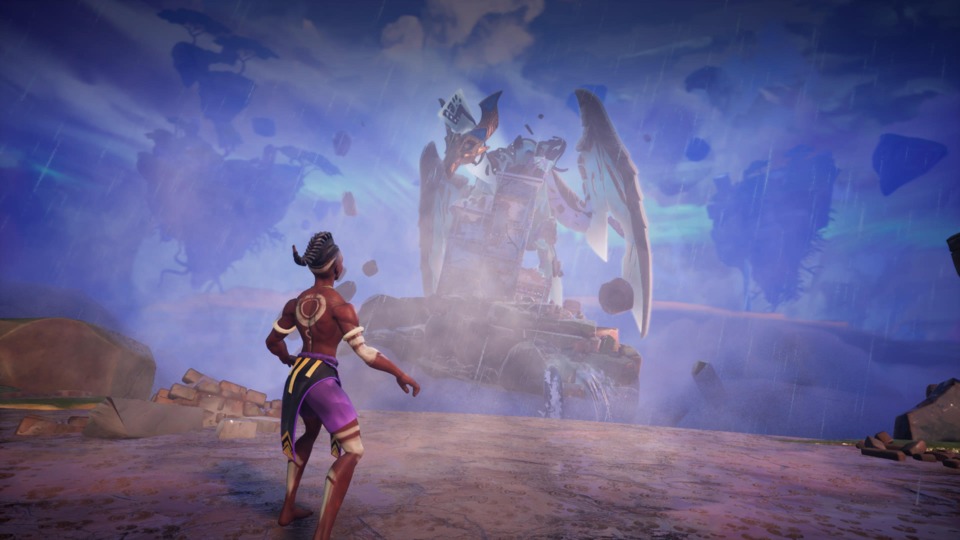
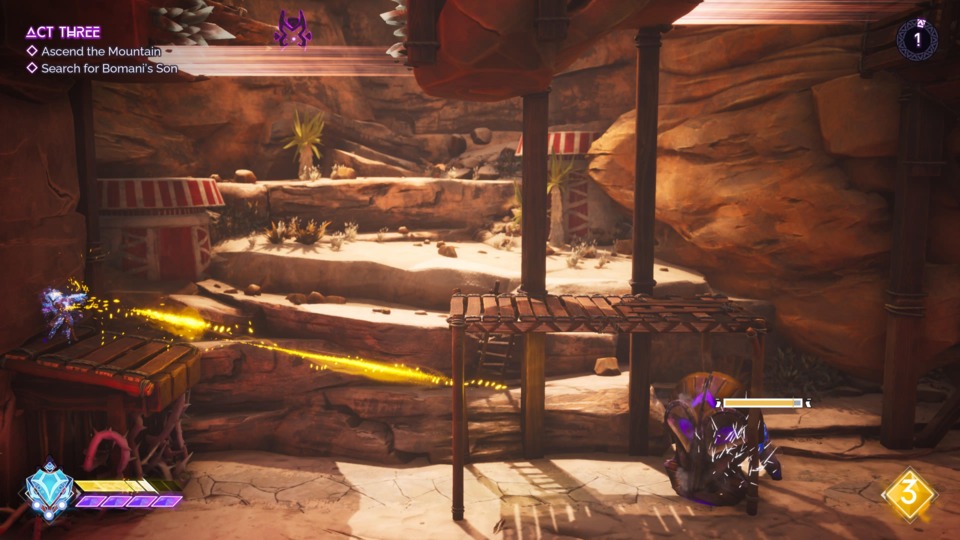
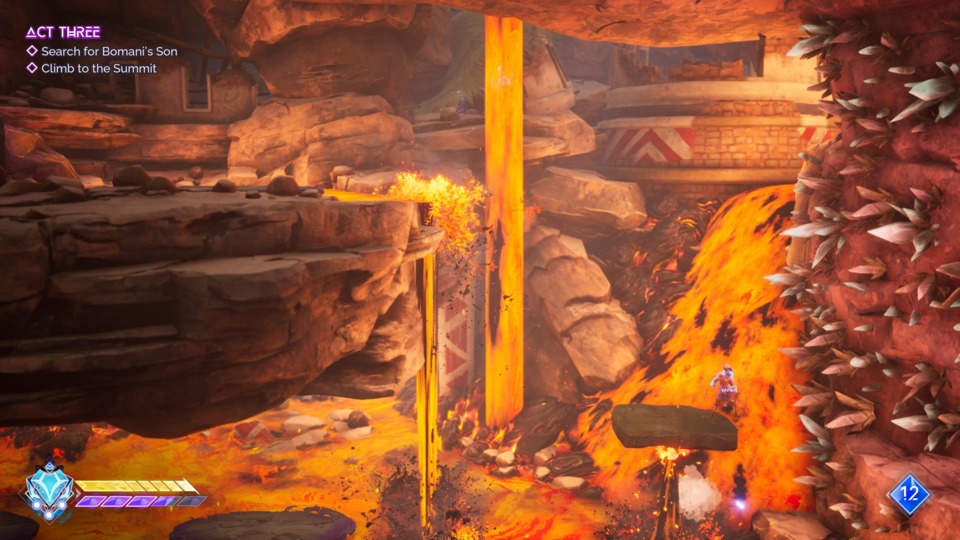
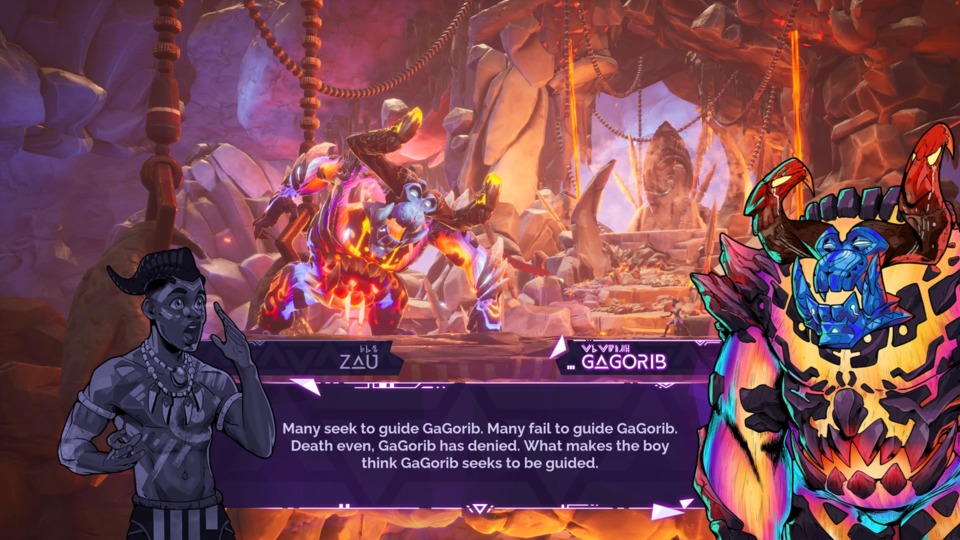
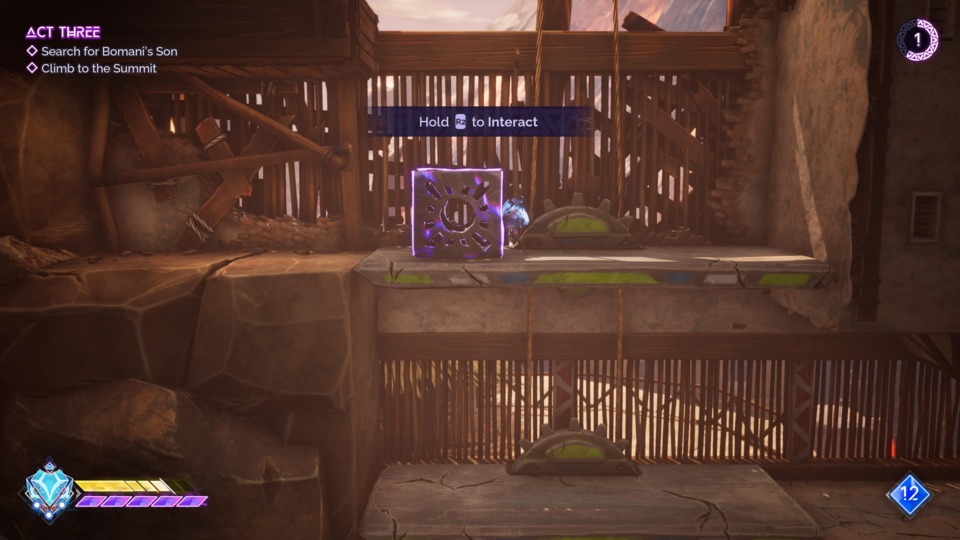
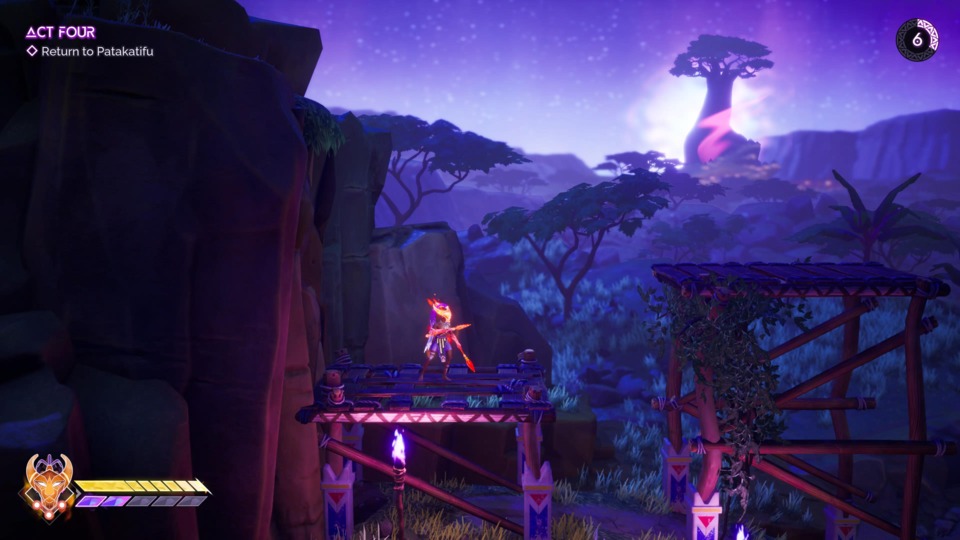
Log in to comment